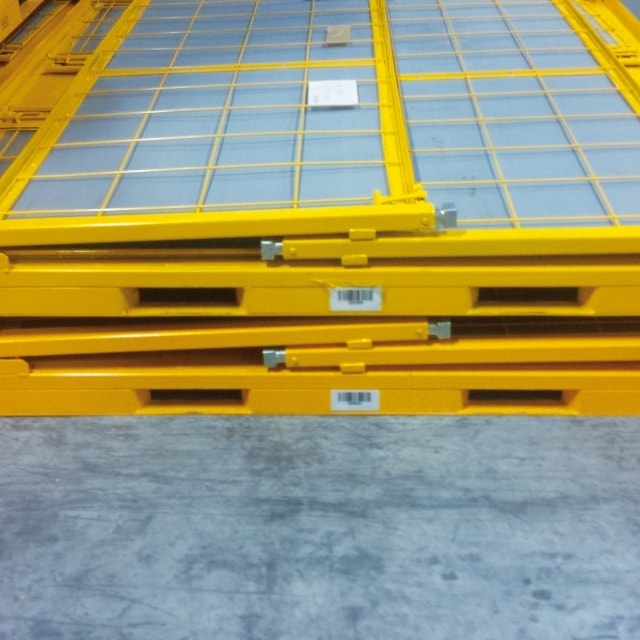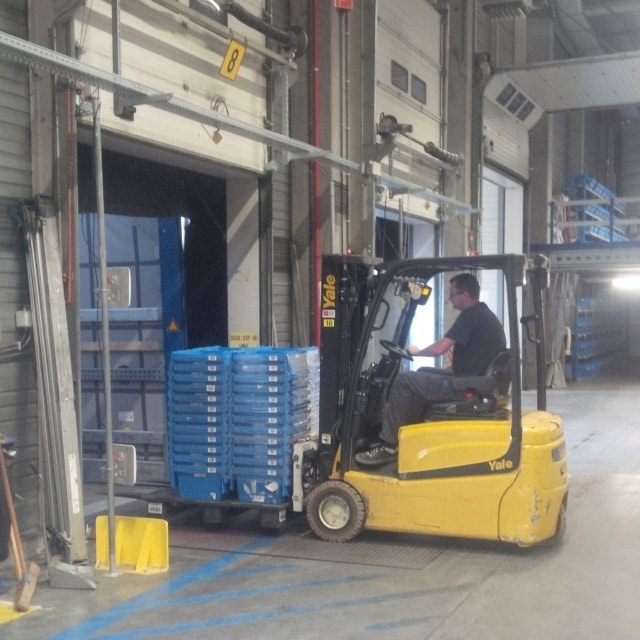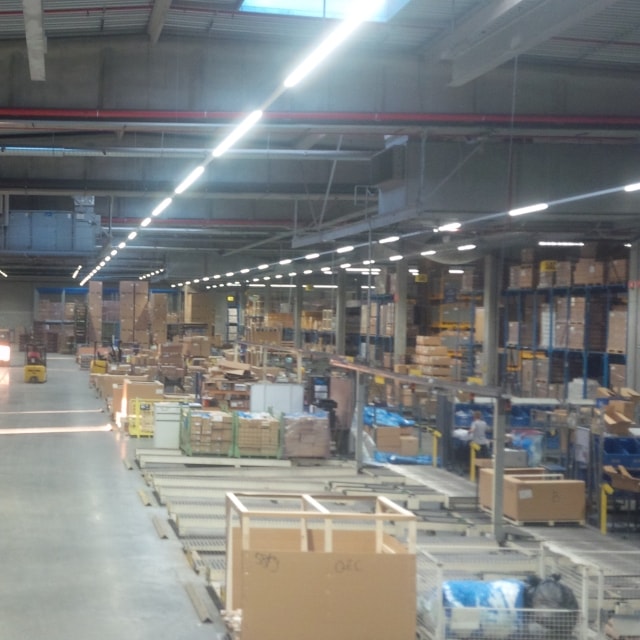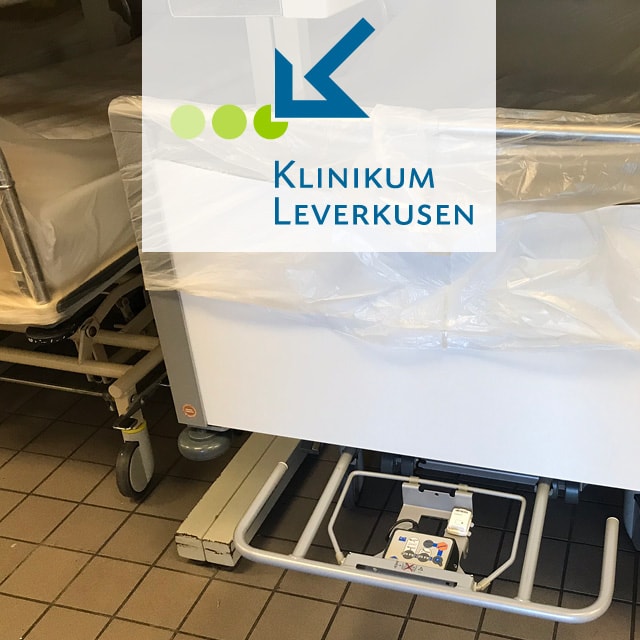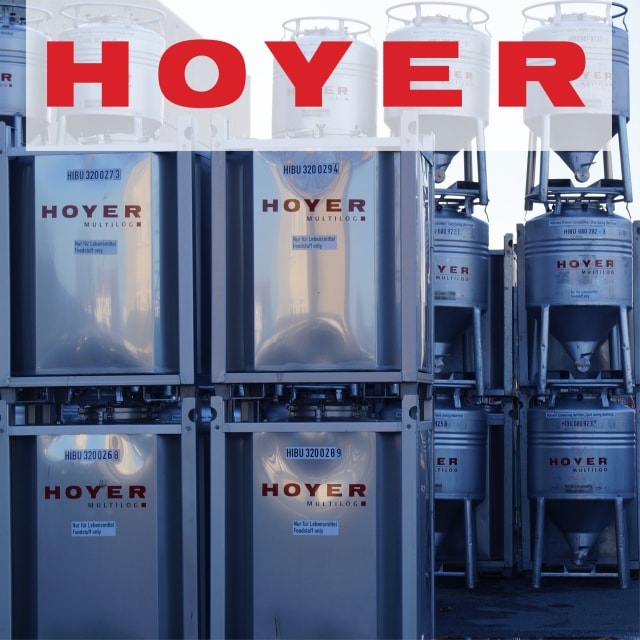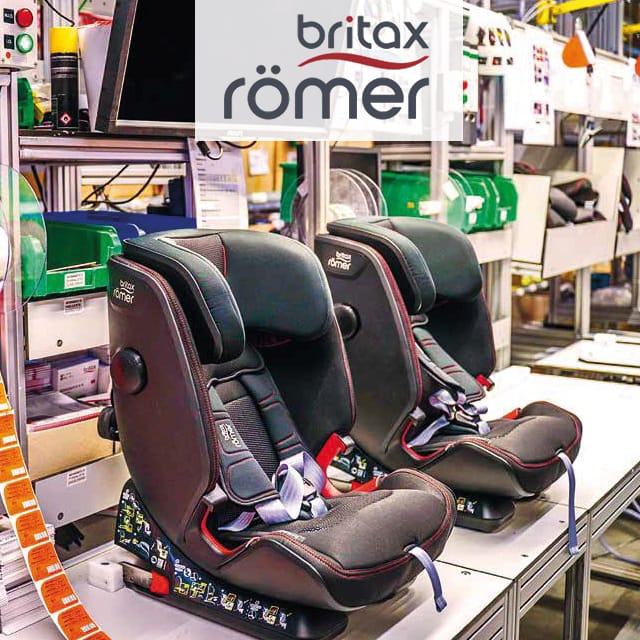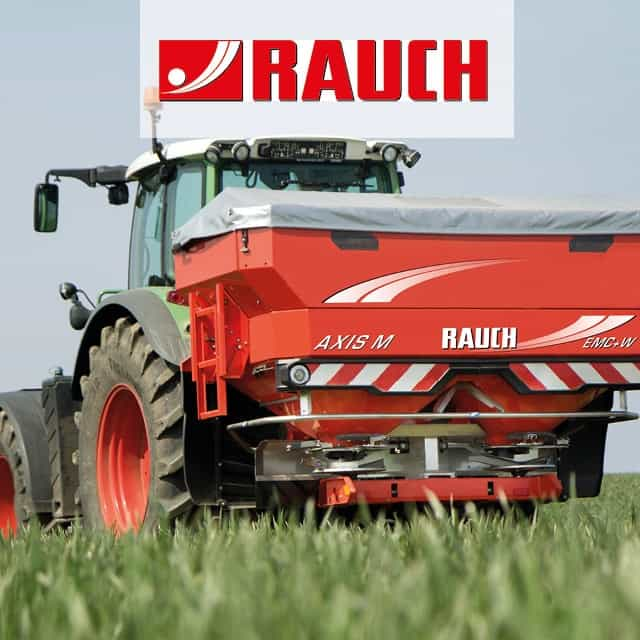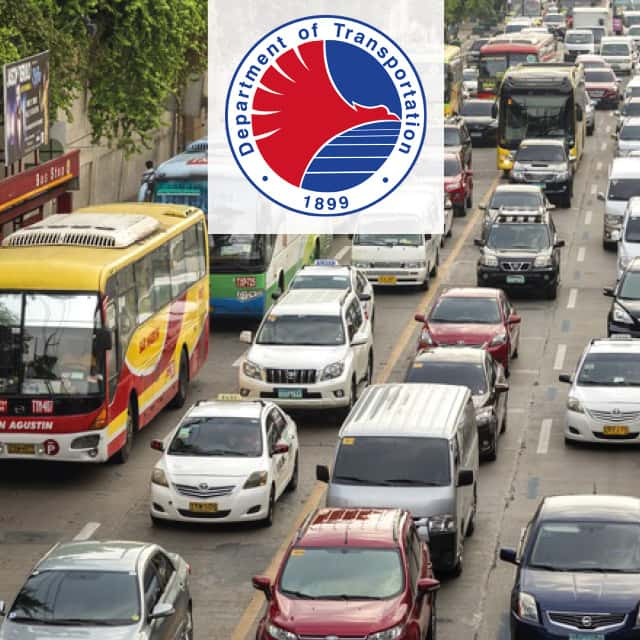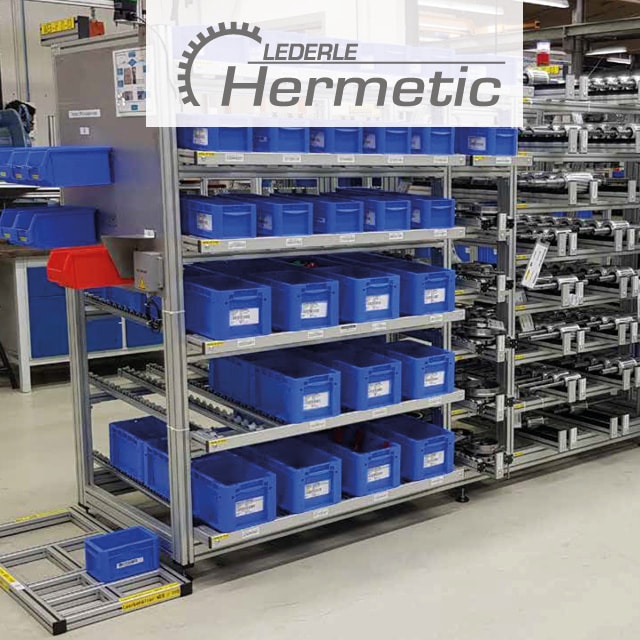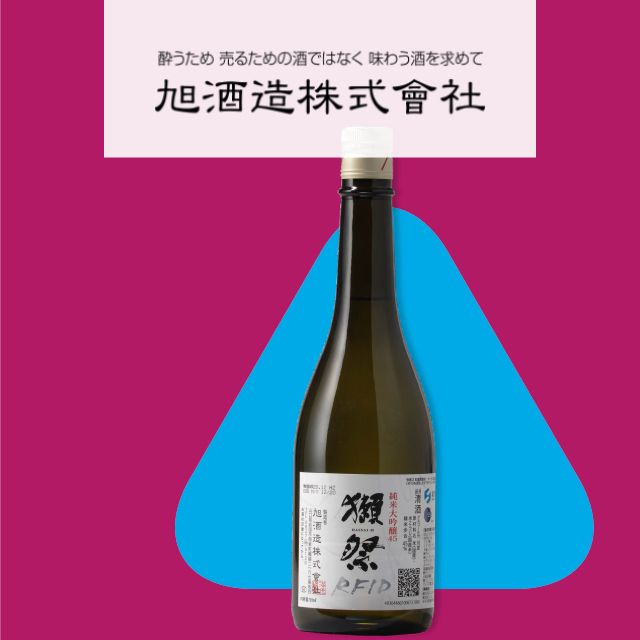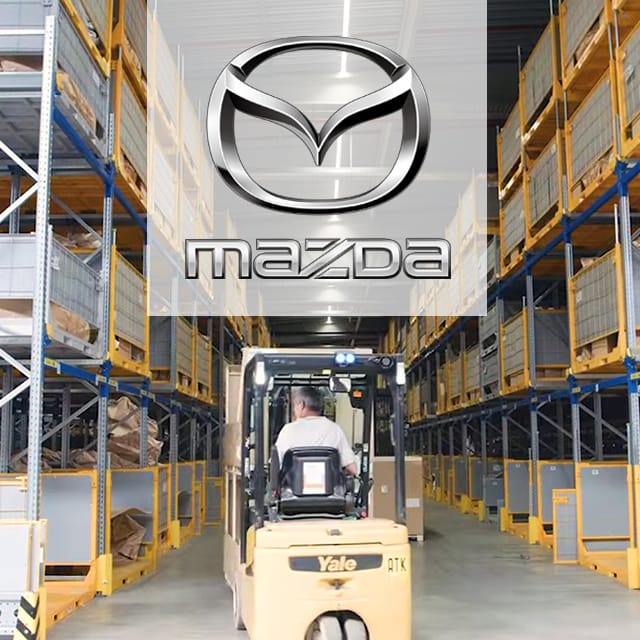
30,000 RFID-tagged RTIs at Mazda MLE
Mazda Motor Logistics Europe (MLE) supplies spare parts to over 2,300 dealers and independent distributors in more than 30 European countries.
In the 50,000 square meter central warehouse in Willebroek, Belgium, around 20,000 outgoing goods are handled daily and around 75,000 permanent storage positions are handled logistically.
More than 30,000 RTIs - different metal mesh boxes as well as plastic boxes - are used for this in the warehouse and in dispatch.
Process Requirements
Mazda MLE tested various RFID solutions to optimize inefficient barcode-based load carrier capture. Using load carriers such as rigid and folding metal mesh boxes, the company needed to find the ideal RFID tag that could provide 100% reading performance for both incoming and outgoing goods.
The correct positioning of the antennas was another challenge as the assets are stacked in the goods issue area and must be read from a different height than in the entrance area. The correct position of the tag on the RTI also played an important role in ensuring full reading performance. In addition, it had to be ensured that there were no interruptions in the loading process due to the capture process.
Solution
Mazda MLE commissioned an RFID solution based on a comprehensive installation. Four antennas were installed at each loading gate, adding up to 68 antennas for a total of 17 loading gates in inbound and outbound areas in the first rollout phase. Two central receivers were installed in the entire warehouse, as the import and export areas are located at different locations within the depot.
A tagged number on each RTI can be captured in the implemented IoT suite. This creates complete transparency over almost all RTI movements in the central storage facility.
Advantages
- The effort for manual RTI entry has been reduced.
- Exact verification at which point during the logistics chain an RTI loss occurs.
- Costs for the subsequent purchase of RTIs were reduced.
- Increase in the circulation cycles of plastic boxes from previously five to six to now twelve to thirteen.
- Warehouse management and quality control were increased, loading errors minimized.
Outlook
- An automated large storage area with bulk-reading-functionality to integrate spare parts that cannot be transported on RTIs into the RFID system.
- An RFID tunnel solution for loading vans to also capture spare parts at item-level.
Learn More
Questions? Get in contact with the editorial team!
Technologies
Application Fields


